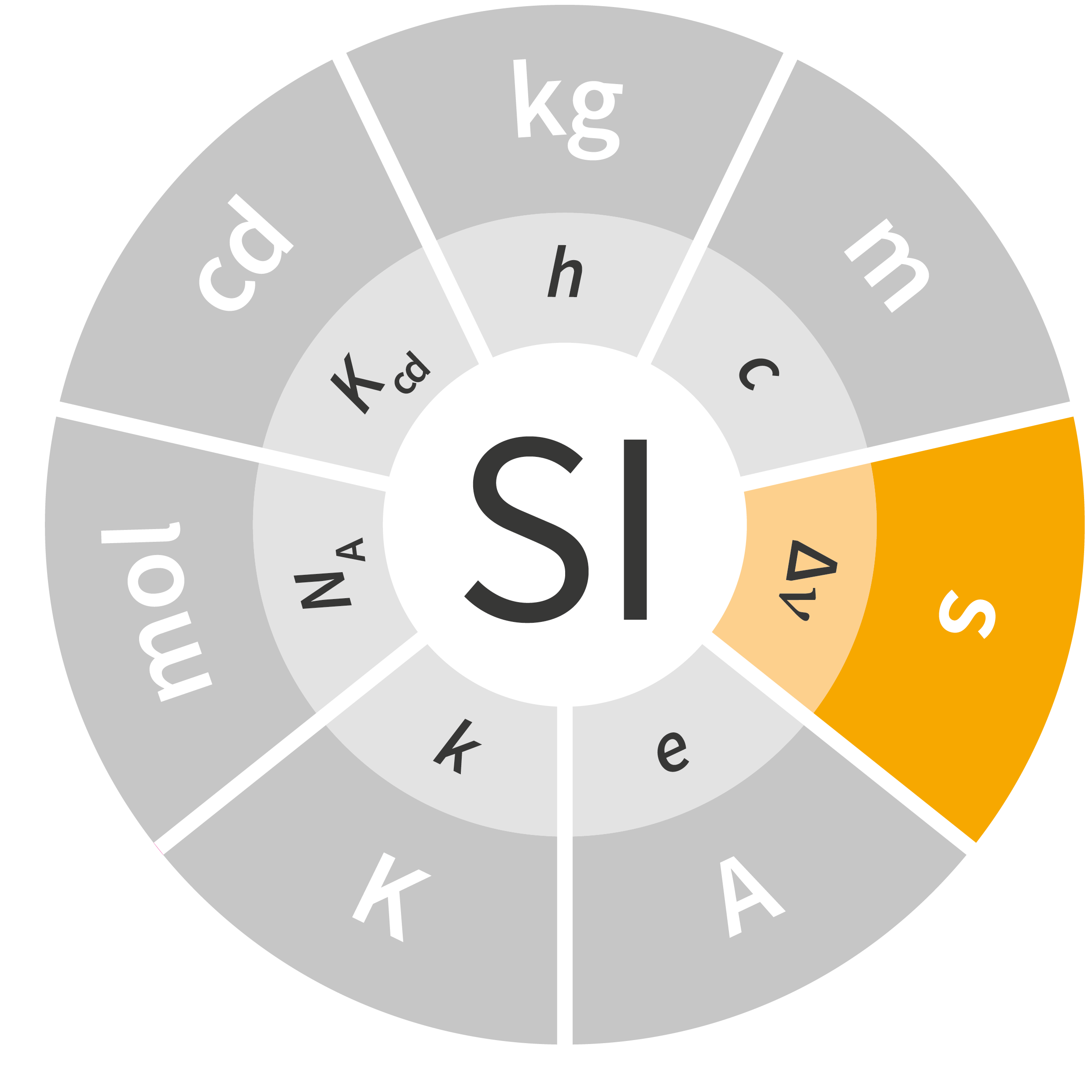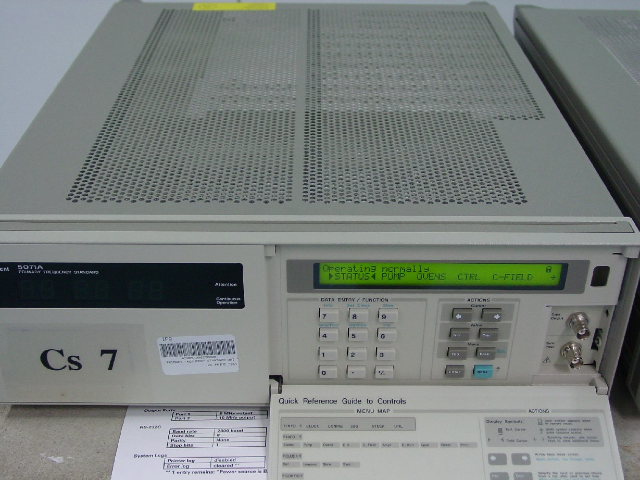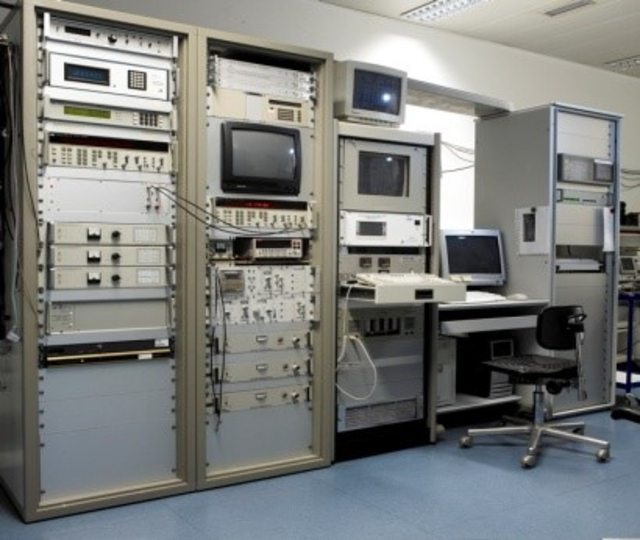The second, symbol s, is the SI unit of time.
It is defined by taking the fixed numerical value of the caesium frequency ΔvCs, the unperturbed ground-state hyperfine transition frequency of the caesium – 133 atom, to be 9 192 631 770 when expressed in the unit Hz, which is equal to s–1.
Derived Units
The hertz (Hz) defined as:
The inverse of the second (s-1)
The international time frequency scale is the UTC time scale, maintained by the BIPM (Bureau International des Poids et Mesures).
The time scale TAI is established by the BIPM based on the data collected from several atomic oscillators of various institutions that realize the primary standard of time. Data from each of these oscillators is subjected to BIPM through observations in common view mode, from the satellites of GNSS (Global Navigation Satellite System). The results of these contributions are published monthly in the “Circular T” of the BIPM.
The BIPM is responsible for maintaining the UTC time scale and ensuring traceability to the second (SI) of the local timescales UTC (IPQ), through key comparison CCTF-K001.UTC.
The definition of UTC is established through cooperation between BIPM and the International Telecommunication Union (ITU). UTC is kept in sync with the time of Earth’s rotation, taking into account the values provided by the International Earth Rotation Service (IERS), which establishes the dates for the introduction of leap seconds as well as relevant information to realize UTC . The variation rate between UTC and TAI is exactly the same but they diverge by an integer number of seconds, the leap seconds.
External document:
Mise en pratique for the definition of the second in the SI





